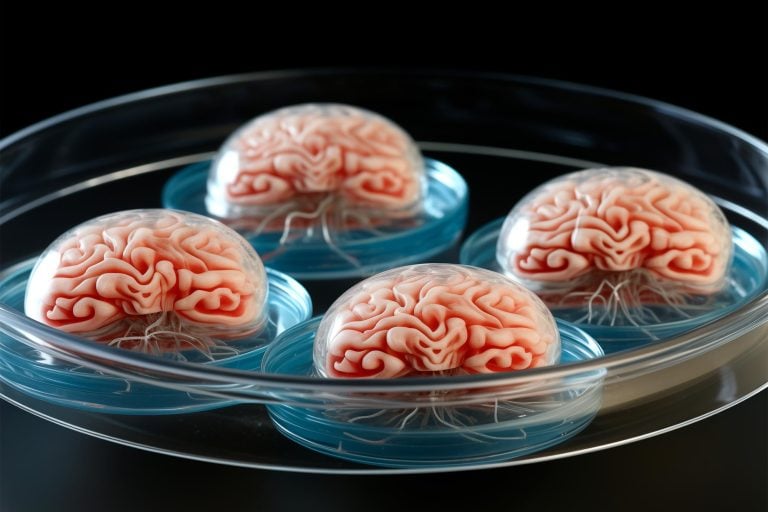A groundbreaking study has validated the “Alzheimer’s in a dish” model, a revolutionary tool for studying Alzheimer’s disease. This innovative model uses 3D cultures of mature brain cells to replicate the progression of Alzheimer’s, enabling rapid drug testing and identification of promising treatments.
The Challenge of Replicating Alzheimer’s in the Lab
Alzheimer’s disease is a complex and multifaceted condition, making it difficult to replicate in the lab. Traditional models have limitations, such as failing to accurately mimic the disease’s progression or not allowing for rapid drug testing.
The “Alzheimer’s in a Dish” Breakthrough
The “Alzheimer’s in a dish” model has been a game-changer in Alzheimer’s research. This model uses cultures of mature brain cells suspended in a gel to replicate the processes that occur in the human brain over 10 to 13 years—in just six weeks.
Validating the Model
To confirm the accuracy of the “Alzheimer’s in a dish” model, researchers developed an algorithm to compare the model’s gene expression patterns and brain biology to those observed in human patients. The results, published in Neuron, identified crucial shared pathways, confirming that the model can be used to assess new drugs accurately and rapidly.
Enhancing Drug Discovery and Model Validation
The validated “Alzheimer’s in a dish” model has the potential to revolutionize Alzheimer’s research and drug discovery. With this model, researchers can:
- Rapidly test multiple drugs simultaneously
- Make more informed predictions about drug targets and therapies
- Identify promising treatments more efficiently
The Future of Alzheimer’s Research
The “Alzheimer’s in a dish” model is a significant step forward in Alzheimer’s research. With this innovative tool, researchers can accelerate the discovery of effective treatments and improve the lives of millions of people affected by this devastating disease.
Share Your Thoughts
What do you think about this breakthrough discovery? Share your thoughts in the comments below!
References
“Validation of an Alzheimer’s disease model using a novel algorithm” by [Author’s Name] et al., published in Neuron.










